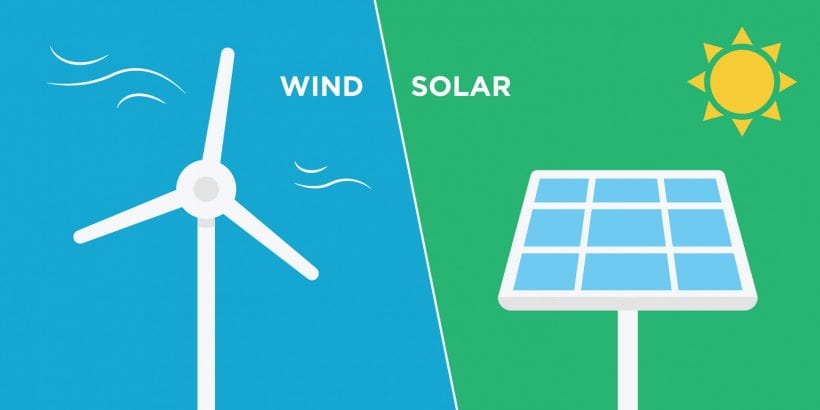In the oil and gas industry, there are various business models and arrangements for marketing and distribution. Two common models are Company Owned and Company Operated (COCO) and Distributor Owned and Distributor Operated (DODO). Let’s delve into each one:
Company Owned and Company Operated (COCO):
In the COCO model, the oil or gas company owns and operates the entire distribution network, from production facilities to retail outlets. This means that the company controls every aspect of the supply chain, including transportation, storage, and sales points. COCO arrangements provide companies with greater control over quality, branding, and customer experience.
Example: ExxonMobil operates numerous COCO outlets globally. They own and manage refineries, pipelines, tanker fleets, storage terminals, and retail stations under their brand. This allows ExxonMobil to maintain consistent standards and ensure a seamless flow of products from production to end-users.
Distributor Owned and Distributor Operated (DODO):
In contrast, the DODO model involves independent distributors owning and operating the distribution network. These distributors typically purchase products directly from producers or wholesalers and manage their own logistics and sales channels. While the producers may provide support and guidelines, the distributors have more autonomy in running their businesses.
Example: Shell Gas Stations operated by independent owners exemplify the DODO model. Shell provides fuel and branding support to these stations, but the day-to-day operations, including staffing, inventory management, and customer service, are handled by the individual franchisees. This model allows Shell to expand its market reach while leveraging local expertise and entrepreneurship.
Each model has its advantages and challenges:
COCO Advantages:
- Greater control over quality and branding.
- Direct access to consumer insights and market feedback.
- Ability to streamline operations for efficiency.
COCO Challenges:
- High capital investment required for infrastructure and operations.
- Increased operational complexity and administrative burden.
- Limited flexibility in adapting to local market nuances.
DODO Advantages:
- Lower capital investment for producers as distribution is outsourced.
- Rapid expansion potential through partnerships with independent operators.
- Local expertise and entrepreneurship enhance customer engagement.
DODO Challenges:
- Variability in service quality and branding consistency across distributors.
- Dependency on third-party distributors for market penetration.
- Potential conflicts between producers and distributors regarding pricing and market strategies.
In summary, both COCO and DODO models play crucial roles in oil and gas marketing and distribution. The choice of model depends on factors such as market dynamics, regulatory environment, capital availability, and strategic objectives of the companies involved. Ultimately, successful businesses in the industry must strike a balance between control and collaboration to effectively meet the needs of consumers and stakeholders.
Download our ready-to-use Oil & Gas Marketing and Distribution model by clicking on the image above. 











